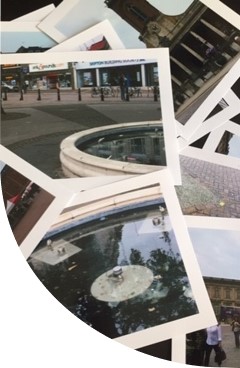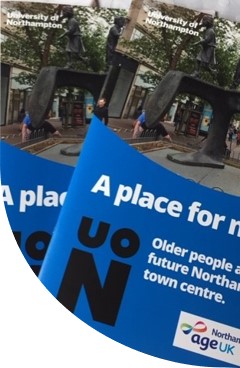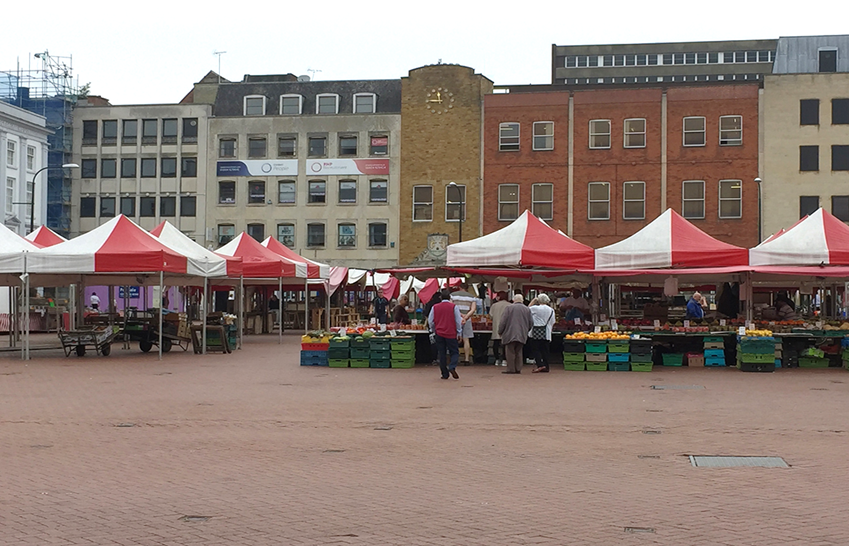Understanding the relationship between local high streets and older adults’ physical activity
There is an increasing older community population who are most at risk of isolation, loneliness and detrimental health outcomes in the United Kingdom. Despite older adults being frequently highlighted as a priority group in policy, public health and planning practices, they can remain marginalised and under-represented in such activities.
Public Health England’s Healthy High Streets Report suggest town centres are under-used assets for increasing health, physical activity and community participation. Local community spaces are a potentially valuable setting for intervention development.
Understanding the relationship between high streets and town centres is essential in informing age-friendly urban design and promoting active ageing for increased health, physical activity and community participation within later life.

A joint Age UK (the leading charity for older people in the UK) and University of Northampton project is looking to do just that in communities in Northamptonshire, UK.
Using participatory methods, nine participants aged 70-88 years engaged in ‘snap and chat’ sessions, navigating town centre locations and photographing meaningful town centre spaces. As active researchers, older adult participants richly and vividly described experiences of town centre inclusion and participation, highlighting their emotional and embodied lived experiences.
Findings provided an in-depth insight into town centre contextual features impeding health, physical activity and community participation. For example, flat but steep accessibility-designed paving impeded walking ability, or reduced battery life of mobility scooters. Trees added to enhance community spaces impacted wayfinding and navigation, reducing agency and high street visits. Changes through high street regeneration were viewed as erasing history and impeded older adults’ sense of belonging and identity, leaving many feeling even more left behind in regeneration activities.
A full overview of findings can be found in the full research report with research publications also due.
This collaborative work provides an exemplar for future research, planning and practice in urban spaces. Older adults clearly provide a wealth of knowledge and experience for policy makers and are integral to the success and regeneration of town centre spaces.

Our work provides key participatory research benefits and guidelines for ensuring local town centres are a place for all. Recommendations suggest how active living can be promoted through age-friendly design, ensuring town centres provide the best functional ‘fit’ for all residents.
This work has actively contributed to town centre regeneration plans within Northamptonshire and the work of the Northampton Forward Board, aligning with Age UK’s wider work on reducing loneliness in later life, particularly following the COVID-19 pandemic.
More widely, this work aligns to the Global Action Plan and Physical Activity (GAPA), by showing how urban design contributes to a relative reduction in the prevalence of physical inactivity, while aligning to Public Health England’s work on addressing physical inactivity.
Take Home Messages:
· We call for an expanded sense of older people’s visibility and agency in urban spaces and participation in town centre regeneration.
· Using a functional framework to understand older adults’ ‘fit’ to their local community highlights functional features related to community engagement, particularly related to accessibility, vulnerability and wayfinding.
· Participatory research enables age-friendly urban design with local residents, instead of for, increasing autonomy and participation, reducing isolation, while ensuring community spaces are a place for all.
Authors and affiliations
Dr. Kimberley Hill
Department of Psychology, The University of Northampton
The author has no relevant competing interests to declare.




